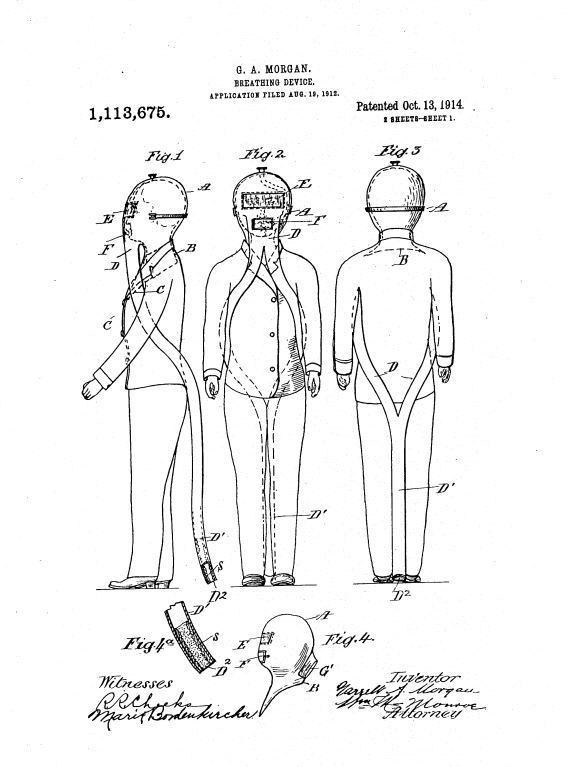The modern world has been built on the backs of countless inventors across the ages. Curious and fearless, these brilliant men and women devised solutions using their creativity, knowledge, and experimental nature.
For some inventors, such as Nikola Tesla, Thomas Edison, and Leonardo da Vinci, their legacies have endured for years – in some cases, centuries – and have elevated them to almost mythological status.
These icons are only a small sampling of the thinkers and makers whose contributions helped to shape the world; however, many of these other inventors have been forgotten or under-recognized, ending up only as a footnote in the history of invention.
This April, in honor of National Inventors Month, we’re honoring two inventors who persevered in the face of adversity.
Henry Blair
Not much is known about Henry Blair, but his inventive contributions to farming helped to make the agricultural industry more efficient in the 1800s.
As an African American born during the time of slavery, many of the details about his life have been obscured by history; while Blair’s historical legal status is unconfirmed, both free and enslaved African Americans had been systematically denied ownership of their ideas and inventions at that time. In fact, it wasn’t until 1821 that an African American had been granted a patent.
In spite of these enormous challenges, in 1834, Blair became the second African American to receive a patent. The patent outlined a design for a corn planter, an automated piece of equipment that tilled the ground and dispensed seeds.
He would later receive a second patent in 1836 for a cotton planter, which utilized a pair of blades to split the ground open while being dragged across a field by horse or other work animal. Behind the blades was a wheel-driven cylinder that would plant seeds into the ground as it was plowed by the blades.
Garrett A. Morgan
Garrett A. Morgan was born during the Reconstruction Era of the South and was the son of multiracial parents. When he was a teenager, he left his home in Kentucky armed with nothing but a sixth-grade level education and headed out to find work in Ohio.
Morgan’s lack of formal education, however, had no bearing on his aptitude for all things mechanical and entrepreneurial mind. He was particularly skilled at fixing things, which quickly earned him a noteworthy reputation amongst locals and eventually led him to open his own sewing machine and shoe repair shop in Cleveland.
But Morgan also had an eye for innovation that stretched far beyond the confines of his chosen career. He would go on to invent a critical, life-saving device – the smoke hood. At the time, firefighters had no protection from smoke inhalation; this led to dangerous risks of suffocation while on the job.
In 1914, Morgan secured a patent for a smoke hood that he constructed using canvas and tubing. The tube was designed to come out from under the hood and reach close to the ground. At the other end of the tubing was a water-soaked sponge, which both filtered the smoke out of the tube while also cooling the incoming air as the wearer inhaled through the tube.
The safety hood proved its effectiveness in 1916 when a group of construction workers was trapped in a tunnel under Lake Erie following an explosion. The smoke was so intense that the rescue was virtually impossible.
When Morgan came out to help, he brought four of his newly developed smoke hoods. Along with his brother and two volunteers, Morgan donned a hood and went into the tunnel. Because of the unique hood design, all four were able to breathe and rescue several people from the heavy smoke.
Despite his heroism, Morgan’s efforts during the dramatic rescue were initially ignored by city officials and newspapers because of his African American and Native American genealogy; instead, the media credited other men for Morgan’s courageous actions. However, he was later finally recognized for both his courage and his critical invention.

Source: United States Patent and Trademark Office / USPTO.gov

